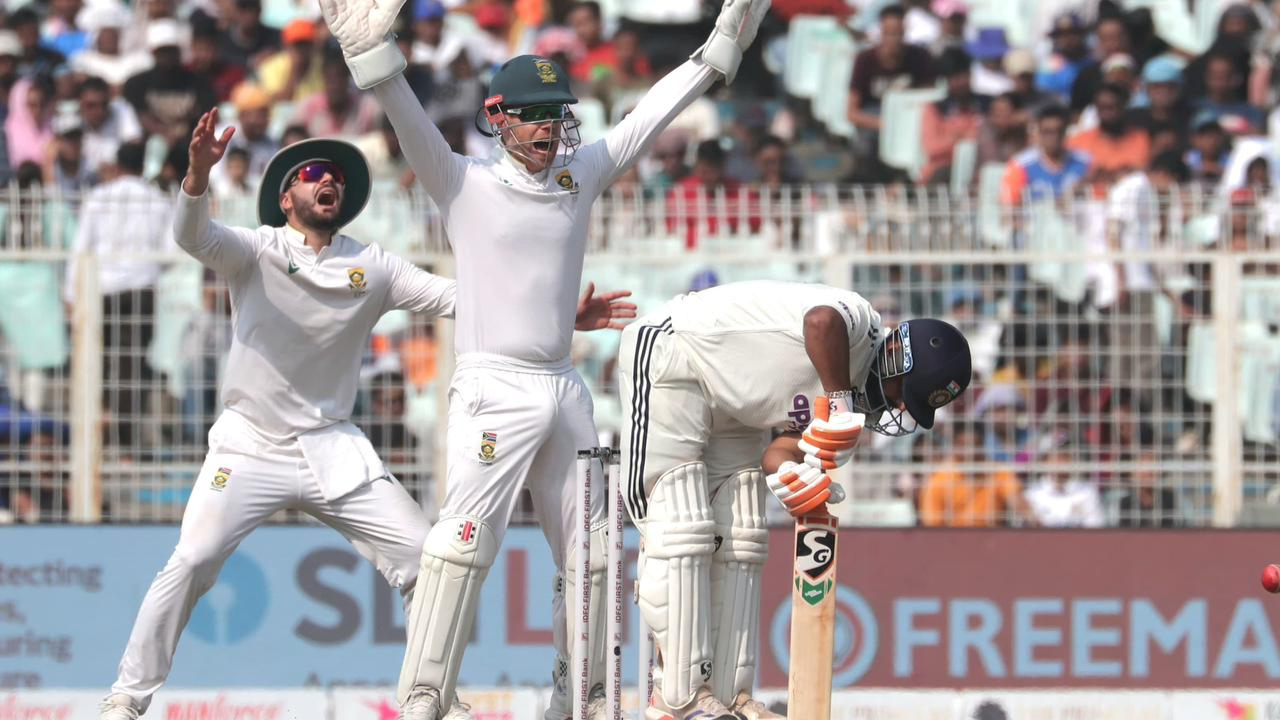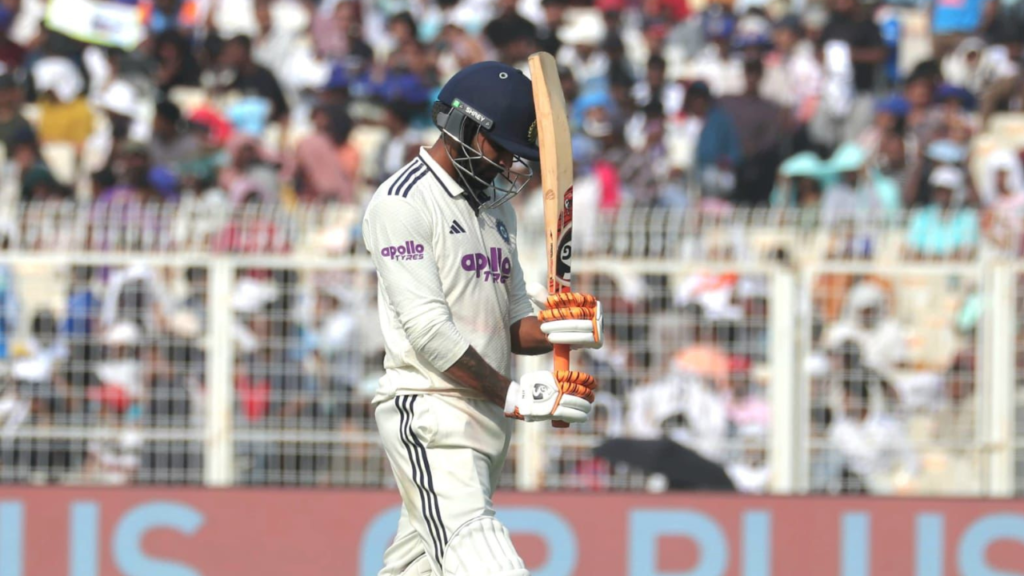
“Survival of the fittest is a phrase that originated from Darwinian evolutionary theory as a way of describing the idea that species adapt and change by natural selection, with the best-suited mutations becoming dominant.” This definition via Google Search can be applied to other disciplines too, and that includes the game of cricket.
The connecting point here is the 2016 Test series between India and England. That was the series when India also decided to employ the Decision Review System for home matches. It didn’t just help finger spinners like Ravichandran Ashwin and Ravindra Jadeja to get more LBWs, but it also demanded that batters tweak their methods versus spin, especially when playing on turning tracks.
So, you might be pondering how the DRS has forced batters to relook at their template while facing spin. In that context, here’s Ashwin himself sharing his thoughts on the ‘X’ platform with regard to an LBW dismissal in last year’s Duleep Trophy.
“DRS for domestic cricket is not just for the right decisions to be made. Ricky Bhui’s dismissal last evening against Manav Suthar is a classic case of a batter who will get away with this technique 10/10 times in FC cricket. This was not a faulty technique pre-DRS but now it is. Back in the day batters were given not out just because they managed to get on the front foot.
“Now, keeping your bat behind the pad can be fatal. Imagine someone making the climb to international cricket without getting this experience Ricky got yesterday. He could very well take an entire Test series to understand what he needs to work on and his career could well be over,” he added.
For a moment, transport yourself back to the 1994 Test series between India and the West Indies, and recall how Jimmy Adams repeatedly stepped out on the front foot and padded up while facing the spinners. In summary, with no DRS around, the on-field umpires gave the ‘benefit of doubt’ to the batter for taking a stride out more often than not. Not very sure his successful method from that series would have worked in modern times. Nowadays, the on-field umpires themselves have become bolder in adjudging LBWs. Even if they don’t give a batter out LBW, the spinner can always avail the DRS. The unwritten ‘benefit of doubt’ maxim has gone out of the window.
Even the great Sachin Tendulkar padded up to Shane Warne on zero in Chennai in 1998. The vociferous appeal for an LBW from Warne was turned down. From the same year, there is one more example to illustrate the point. In the India–Australia ODI in Sharjah, Mark Waugh looked at his fluent best. But out of nowhere Anil Kumble rapped him on the front pad. As Junior Waugh had taken a stride out, he too escaped. To the naked eye, it looked quite close.
The above-mentioned lines help explain some of India’s batting woes on spin-friendly decks in current times. With modern-day finger spinners bowling quicker through the air to get more LBW decisions in their favour, it demands that batters play more of the sweep and reverse sweep. It also demands that they play more with the bat, in simple words, bat in front of the pad.
Granted that the just-concluded Test between India and South Africa was played on a difficult surface. But delve deeper into India’s second-innings effort and you will clearly notice that very few of the batters attempted the sweep. Only when India were about to lose the game did Axar Patel crack a few slog sweeps. The one batter who employs an array of sweeps with confidence, Rishabh Pant, was dismissed cheaply. Meanwhile, the likes of Jadeja, Washington Sundar and co. kept thrusting their front pad out. Once again, in the DRS era, this could prove fatal.
In this context, it is prudent to scroll through one of the finest knocks played against spin in modern times, Rohit Sharma’s hundred versus England in Chennai. On a spin-friendly surface, whenever given the opportunity, Rohit would skip down the track with his bat placed in front of the pad. And it wasn’t just a stride out.
More than lofting the spinners, the idea was to smother the spin. The 3m DRS LBW rule also would come into the equation here. Even otherwise, that rule sowed seeds of doubt in the umpire’s mind in relation to Rohit’s strategy. In fact, once the ball thudded onto his front pad off Jack Leach’s bowling. But it was quite clear that he was well down the track. Otherwise, he would try to play from the crease, with his bat generally in front of the pad. He also crunched the sweep stroke time and again, and used his nimble wrists to pick up singles via long-on and midwicket.
However, a counter-question can be posed. When you consider bowling speeds, Leach’s pace wouldn’t exactly be high on the list. What about facing a spinner who bowls quicker than Leach? In this case, it is a fact that the batter wouldn’t find it easy to play different kinds of sweeps. In such circumstances, too, it comes down to a batter’s skill to pick the right line to sweep. A good example could be Ollie Pope’s 196 in the Hyderabad Test, where the average turn was 4.1 degrees, as per the official broadcaster for the game.
Pope has had enough problems versus spin and pace, but his match-turning hundred was mainly based on sweeps and reverse sweeps, which rattled Jadeja and Axar, both of whom bowl quicker through the air. So, does it mean that the lofted stroke after a dance down the wicket should be safely kept in the locker room? Not really. Just that with an increase in finger spinners’ speeds, the sweep seems to have emerged as the key stroke.
There is another element to be discussed: a portion of the tracks in the Ranji Trophy, India’s premier first-class competition, now comprises grassy decks that stay on the lower side. So, the batters coming through the ranks don’t get enough opportunities to hone their skills in spin-friendly climes.
In the final analysis, the pitch at Eden Gardens was indeed substandard. Having said that, the Indian batters didn’t exactly acclimatise to the conditions. Somewhere, they haven’t been able to evolve as a batting group. It shouldn’t come as a major surprise that India lost all their three games in Pune, Mumbai and Kolkata.
Follow Revsportz for latest sports news





